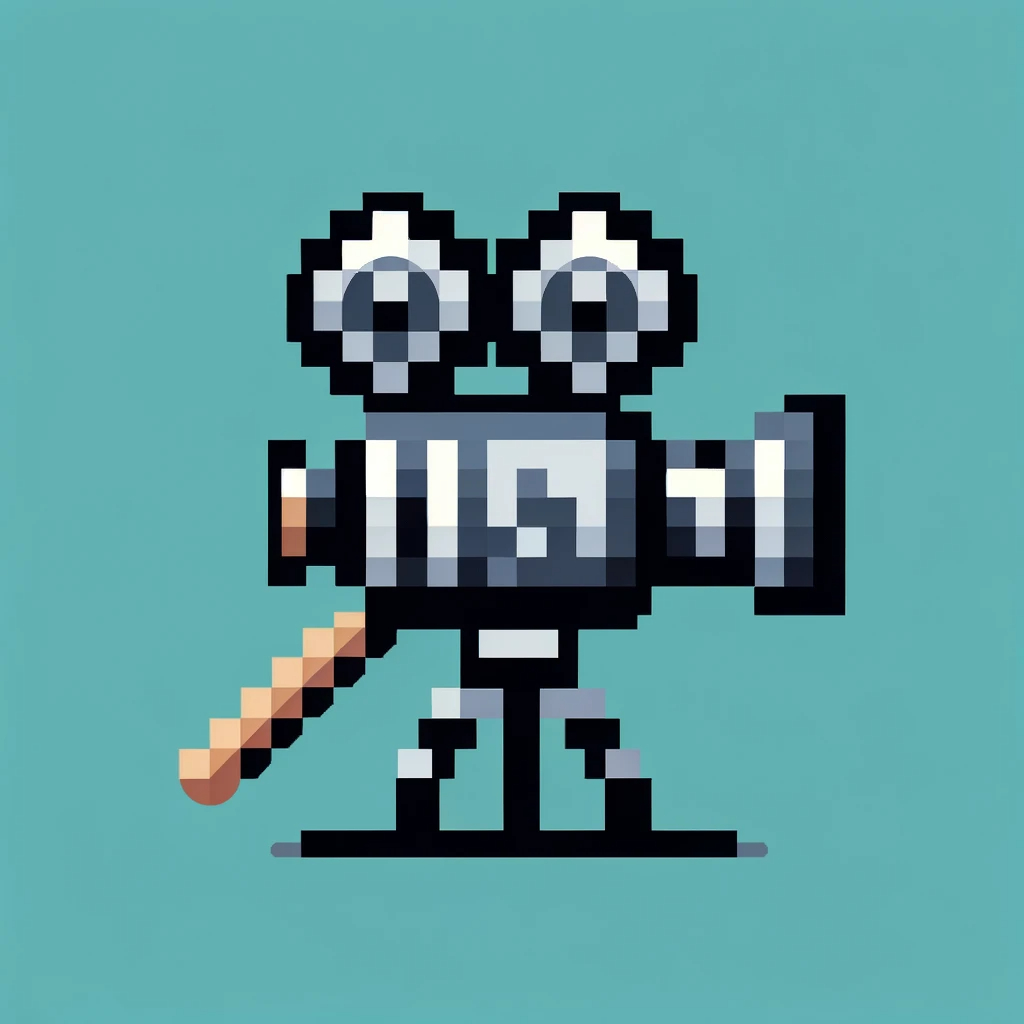FlowVid: Taming Imperfect Optical Flows: Ablation Study and Limitations
by
October 9th, 2024
Audio Presented by

The Kinetograph's the 1st motion-picture camera. At Kinetograph.Tech, we cover cutting edge tech for video editing.
Story's Credibility

About Author
The Kinetograph's the 1st motion-picture camera. At Kinetograph.Tech, we cover cutting edge tech for video editing.